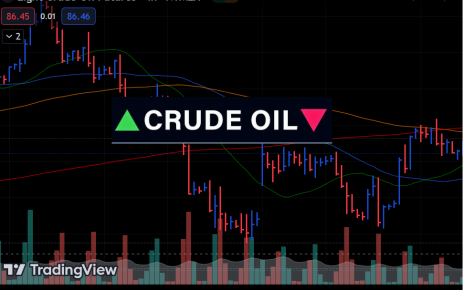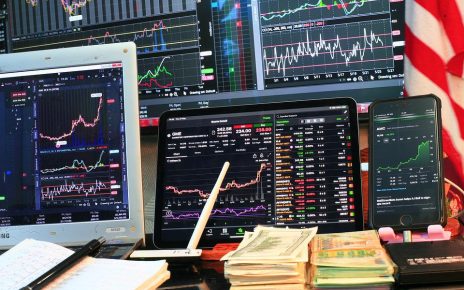- Gold prices retreated from a two-month high.
- The US dollar strengthened following the release of jobless claims data.
- Markets anticipate a 25-basis-point rate hike from the Fed.
On Thursday, gold prices retreated from a two-month high due to a rise in the dollar and bond yields. However, the decline was limited as hopes persisted for a potential pause in US Federal Reserve rate hikes after the July meeting.
According to David Meger, director of metals trading at High Ridge Futures, the rebound in yields and the dollar exerted a slight reverse effect on gold. Moreover, the $2,000 range posed a short-term challenge for the gold market.
The US dollar strengthened by 0.6% against other currencies following the release of jobless claims data, making gold comparatively more expensive for holders of other currencies. Additionally, benchmark 10-year US Treasury yields climbed to 3.850%. The two-year Treasury yield, which usually follows interest rate expectations closely, increased by 7.9 basis points, reaching 4.834%.
US jobless claims (US Labor Department)
Unexpectedly, the number of Americans filing new claims for unemployment benefits decreased last week, reaching the lowest level in two months amid an ongoing tight labor market. Claims remain comfortably below the 280,000 threshold, which economists consider indicative of a substantial slowdown in job growth.
Investor attention now turns to the upcoming US central bank policy meeting, where the markets anticipate a 25-basis-point rate hike from the Fed. Most economists polled by Reuters believe that this hike in July would mark the Fed’s final increase in the current tightening cycle.
Gold remains sensitive to rising US rates as they lift the opportunity cost of holding non-yielding bullion.
An analyst at Julius Baer, Carsten Menke, attributes the recent rise in gold prices to the expectation that the Fed is nearing the end of its interest rate hikes. However, he believes that interest rates are likely to remain high due to the resilience of the US economy, suggesting that a rapid reversal of monetary policy is not imminent.
Next Wednesday, the US central bank is anticipated to resume raising rates, having skipped an increase in June. Since March 2022, the Fed has raised its policy rate by 500 basis points, initiating its most rapid monetary policy tightening cycle in over four decades.
Futures predict that the Fed’s overnight rate will climb to 5.41% by November and will likely stay near or above 5% until May 2024.





